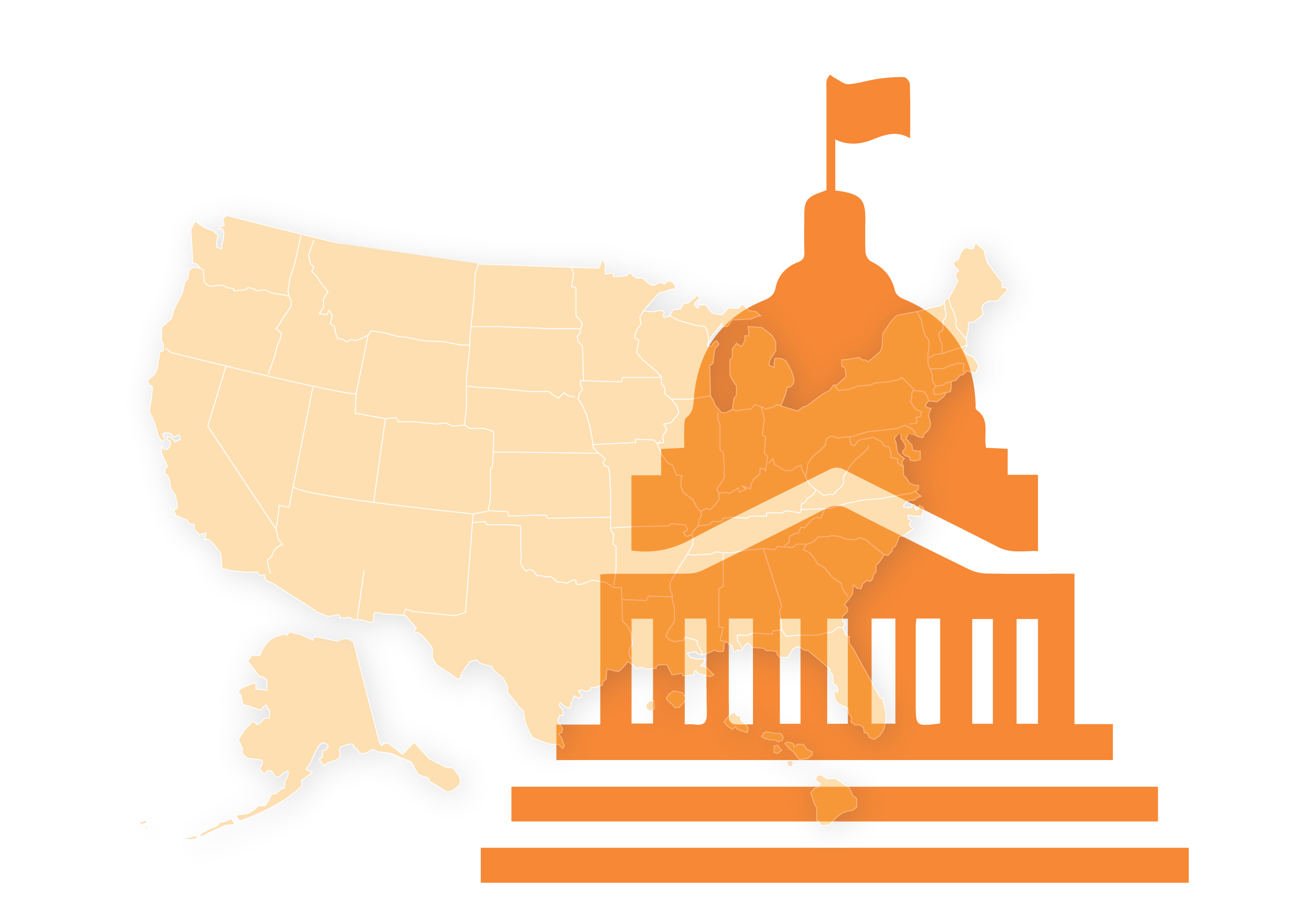
Subsidies, not profits, have crumbled the ivory tower
BY TODD J. ZYWICKI AND NEAL MCCLUSKEY
It’s not looking good for higher education. Student-loan debt is approaching $1.6 trillion, $400 billion more than car loans and $600 billion more than credit card debt.
A 2017 NBC News-Wall Street Journal Poll found that 47 percent of Americans think that a college degree is not worth the cost. Attacks on and cancellations of conservative speakers have made colleges seem intolerant of dissenting views.
A bribery and cheating scandal that ensnared celebrities and other wealthy people has shone a light not just on illegal ways the rich seek special access to elite institutions, but the many legal avenues, too.
What’s wrong with the Ivory Tower? To listen to many politicians, it is openly for-profit colleges. But as explained in the new Cato Institute book, “Unprofitable Schooling: Examining Causes of, and Fixes for, America’s Broken Ivory Tower,” the problem is not profit, nor is profit-seeking restricted to people in schools with for-profit tax designations.
The problem is the entire Ivory Tower sits atop an ever-rising swell of subsidies. Between 1980 and 2018, inflation-adjusted state and local educational appropriations to colleges rose from $50 billion to $86 billion. Inflation-adjusted federal subsidies to students ballooned from $34 billion to $154 billion.
Why subsidize college? A primary argument is to spur economic growth by increasing the skills and knowledge that make people more productive. Many people credit the 1862 Morrill Act, which infused money into “land-grant” universities, with launching the United States to the world’s preeminent economic power…. (continue reading)
